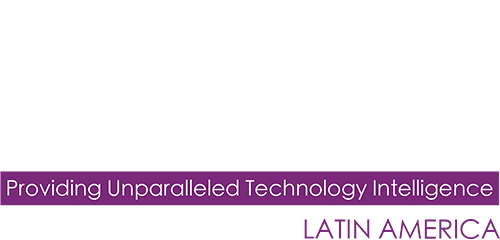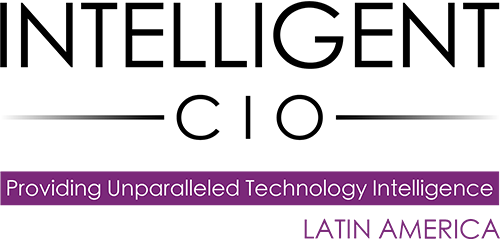Mukesh Agarwal, Vice President, Precision Software & Cloud Applications Development, CNH Industrial, on farming and the cloud.
For farmers, precision is – and always has been – critical. They must operate with the utmost efficiency in an industry where the yield of operations needs to be maximized in the face of uncontrollable factors (such as time, weather, and environmental limitations). When it comes to the massive machinery farmers use every day, and the level of accuracy needed to create the most optimal conditions for crops to thrive, manual processes are taking a backseat to technological advancements.
This is where the widespread adoption of the cloud comes in – transforming what used to be a manual, hands-on process guided only by the farmer’s experience, to a process driven by real-time data captured by the cloud.
With the capability to democratize access to market data, weather forecasts and crop information, the cloud is a critical tool for the modern farmer in running an efficient operation.
Even though agriculture has been at the forefront of technological and industrial advancements, in modern times, it has not been viewed as a leader in digital technology.
But now, with the adoption of technologies such as AI, camera sensors, computer vision and ML, the agriculture industry presently leads the way in widely adopting and cultivating the use of cloud technology to meet the complex demands of farming.
In developing cloud strategies and fostering innovation, farming tech developments have become a source from which other industries could benefit. With the proper preparation and implementation, cloud-based solutions have the potential to streamline operations, optimize resource utilization, and enhance productivity across various industries.
Maximizing costs, time, and resources
The digital transformation of the agricultural industry is driven by three key factors: connectivity, data and cloud computing.
To achieve the productivity that is essential to their operations, farmers need to be able to connect, view, and manage their equipment.
This is the underlying basis for precision technology.
By means of cloud computing specifically, technologists and farmers have been brought closer together, allowing for decisions to be made in real-time.
Cloud technology enables farmers to compute all kinds of different inputs (weather data, fuel, water, seeds, pesticides, herbicides and more) in real-time to help inform the decisions that will optimize a job: save on costs and increase their yield.
For example, how much seed and what type, how much water, what sort of fertilizer and how much of it is needed to make a crop thrive. The determined prescription both saves money and is more sustainable for the environment, limiting an overabundance of pesticides and fertilizer and only spraying what is needed – down to the precise droplet size.
All of this is possible due to smart algorithms which use data captured from sensors and IoT devices, as well as ML models of clustering, classification, regression and transformation to provide high accuracy and diagnosis of agronomic information.
These algorithms utilize neural networks and deep learning to predict and provide actionable insights that drive value to the farmer so they can make the most optimal decisions.
Applying farming tech elsewhere
While the application of cloud technologies on farms looks different than it would anywhere else, the technology itself is extremely applicable.
Connectivity, IoT devices, and data management give farmers the ability to operate in harsh environments – which is something that can be impactful in many other industries.
Whether it’s manufacturing, supply chain or fleet management, all these industries rely on time, cost efficiency and resource optimization – things that are possible with the technologies being applied in farming and beyond.
In the same way farmers use precision technology to improve their operations, other industries have the opportunity to do the same.
Specific examples include:
- In healthcare – the same type of technology used in precision farming like sensors, IoT, communications, data aggregation and alerting platforms – are utilized to deliver real-time monitoring, assessment and visualizations of seniors who are aging in their homes without constant medical supervision.
- Similar to how farming uses precision farming to place an exact number of seeds on a sub-inch area of a farm, manufacturing uses precision welding, which involves placing the exact number of welds on the exact spot of the material.
- In the same way farmers use GPS connectivity and vehicle tracking technology to know where farm equipment is at any given moment, industries like car services (Uber, Lyft), trucking, warehouse management and construction use similar precision technology to track things like the location, condition, and the state of the goods that are being carried.
Embracing the challenges
Similar to the implementation of any new technology, there have been challenges and barriers along the way as the farming industry has adopted these practices.
The main challenges include a lack of standardization regarding cloud technology across the industry, as well as all the uncontrollable factors that come with farming. While these challenges remain, they have also shaped farmers into leaders in digital transformation.
By facing these obstacles, pivoting and adapting, the lessons learned in agriculture can be extremely beneficial as leaders in other industries look for guidance on implementing similar technologies.
There is tremendous potential to expand possibilities and the digital transformation in farming is just the start.
With more widespread adoption of cloud technology across industries, long-term sustainability and data-driven innovation will grow exponentially.


